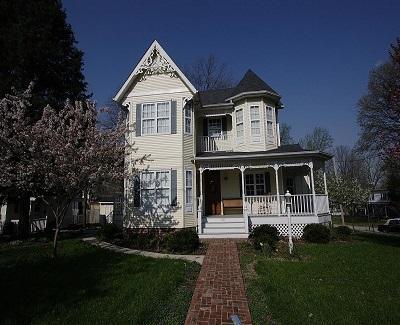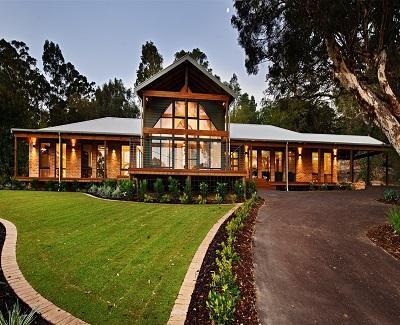The Australian real estate market is blessed with a bounty of architectural styles for you to consider as you shop for your next home. Let’s jump right in with seven classic styles and the pros and cons you should consider before buying. We include an updating tip for each to get you thinking about bringing these homes into the 21st Century.
Victorian Homes
This style originated during Queen Victoria’s reign, and many homes in this style were built between 1840 to 1880.

- Pros: Victorian homes are very elegant, a symbol of the growing prosperity many Australians enjoyed in the middle to end of the 19th While some have plainly appointed exteriors, homes from the later Victorian period are more ornate within and without.
- Cons: Well-maintained Victorian-era homes are expensive; those that haven’t been cared for and updated require costly renovation.
- Updating tip: Consider upgrading the electrical service to reduce the risk of fire and to meet the electricity demands of the modern home.
Triple-fronted Brick Veneer
This uniquely Aussie style started in the post-war era but gained greatest prominence in the ‘60s and 70’s. It is popular in suburbs around larger cities like Melbourne.

- Pros: The triple-fronted brick veneer home, and double-fronted siblings, give homeowners the look of a full-brick house without the expense.
- Cons: The look is a bit dated, not modern, certainly, and not yet vintage.
- Updating tip: Replace a weather-beaten garage door with one that adds a much-needed touch of style while delivering improved safety and performance too.
Queenslander
Early versions of the Queenslander appeared in the 1840s, but the classic version of this iconic Australian home design dates from the 1880s to the 1930s.
- Pros: The Queenslander with its many windows and large, often wrap-around veranda, is ideal for those who enjoy outdoor living and the surrounding landscape.
- Cons: Most of these homes are built with timber siding and windows, so they must be painted or stained quite regularly.
- Updating tip: Replace timber windows with maintenance-free options such as PVC windows and decking material for the veranda.
Craftsman
Quaint is the word for these cosy homes boasting an inviting front veranda and large, handsome columns. They are raised homes, and bear rustic characteristics with many of the cottage homes in Australia.

- Pros: Craftsman homes were built to last, so they are good candidates for a total home remodeling project that maintains the charm while delivering modern conveniences.
- Cons: Where the plumbing or electrical requires extensive renovation, the cost will be significant.
- Updating tip: The Craftsman home in need of extensive TLC is a wonderful choice for homeowners with the time, skill and desire to save money for DIY projects.
California Bungalow
First appearing in the 1920s as an important from America’s left coast, the bungalow shares stylistic qualities with the Craftsman home including a front veranda and columns. They are not typically raised, however, and many are brick-faced rather than built with a timber façade.

- Pros: Covered verandas are ideal for enjoying the outdoors without getting too much sun, and the homes are designed for relaxed, casual living.
- Cons: These homes were often built with fewer windows than you might like, so tend to be dark inside.
- Updating tip: Add a few windows, and decorate inside with lighter materials to brighten the interior.
Range
Today’s range homes have nothing to do with raising sheep or other stock. The term refers to a wide array of one-storey designs.

- Pros: Many range sub-styles are available, so you will have a good selection to choose from. These homes are a good choice for anyone, from parents with young children to older Aussies who don’t want to have to deal with stairs.
- Cons: Without a second storey, range homes must either be located on larger, and possibly pricier, lots or the home must be small.
- Updating tip: These are low-profile, sometimes sprawling homes, so choose elements for the landscape that complement the style. Remove tall trees and bushes, for example, that obscure the home.
Modern
Homes in modern architectural style boast an artistic flair that sets them apart.
- Pros: Most modern-style homes have an abundance of large windows, so they are ideal for locations where the surrounding area is lovely to look at.
- Cons: Not everyone is drawn to the style, so reselling a modern home can take longer than reselling those built in a more traditional style.
- Updating tip: Consider fitting north and west facing windows with insulated blinds to minimize summer heat penetration, make the home more comfortable and lower air conditioning costs.
What’s your Style?
Rushing into a home-buying decision often leads to a misguided purchase. Start researching Australian architecture styles well in advance. Look at loads of house pictures. Familiarize yourself with each style, narrow the range of styles you like, and start visiting homes for sale in those styles. When the time comes to buy, you’ll know exactly what you like, and you’re far more likely to be thrilled with the house you choose.
